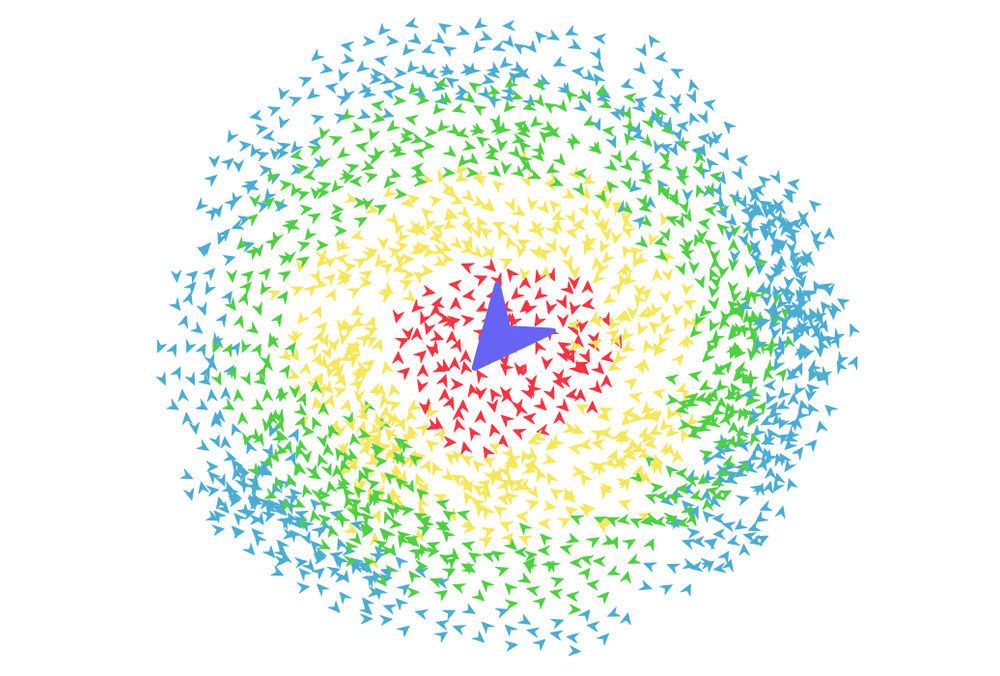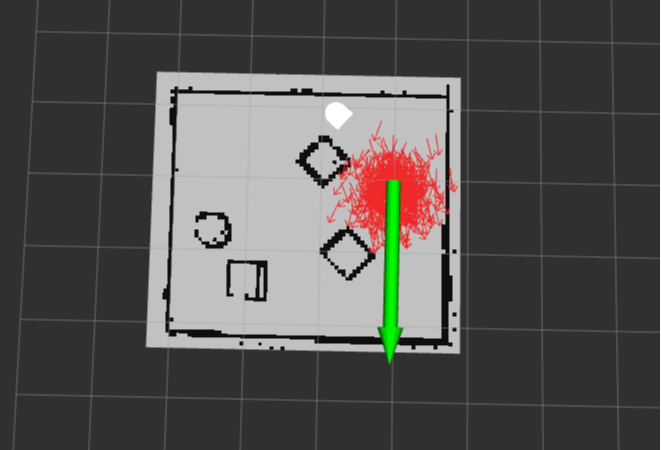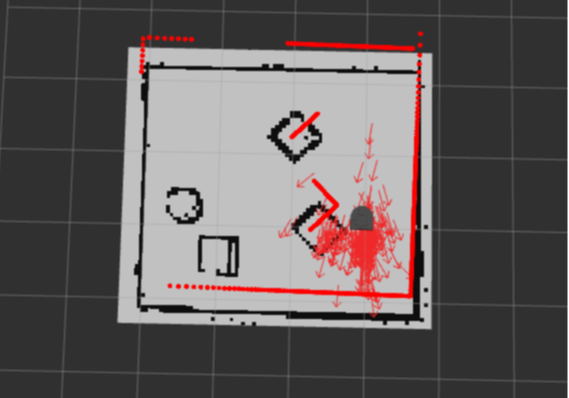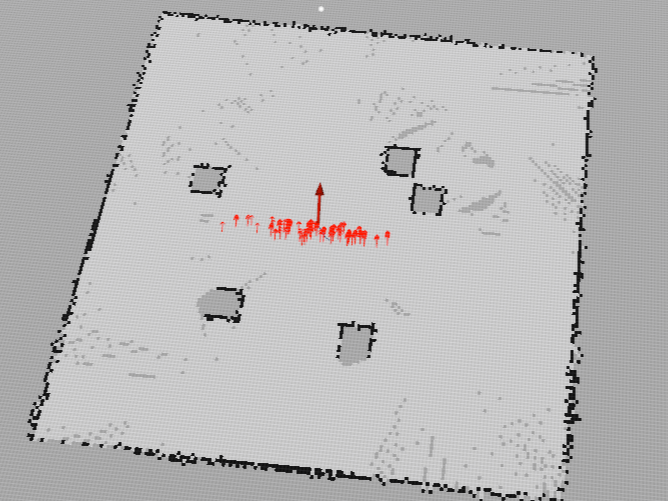The Challenge
Accurate self-localization is one of the most fundamental challenges in robotics. To function autonomously, a robot must know where it is in its environment. This project tackled several specific challenges:
- Handling inherent noise and inaccuracies in sensor measurements
- Compensating for odometry drift that accumulates over time
- Developing algorithms that can process sensor data in real-time
- Creating methods to effectively estimate the robot's position and orientation (pose)
- Implementing efficient particle distribution and resampling strategies
- Integrating multiple coordinate frames (map, odom, baselink) correctly



